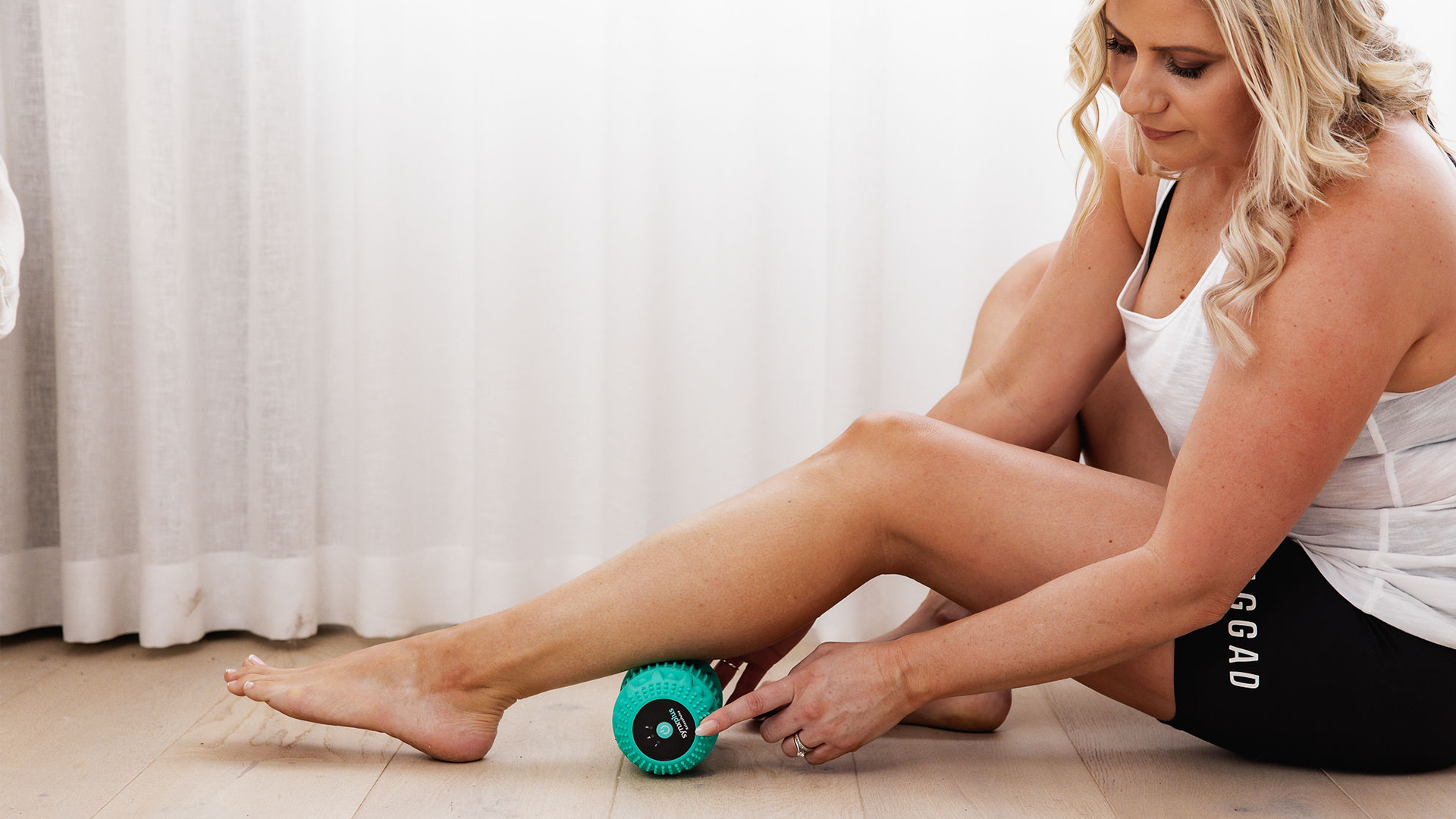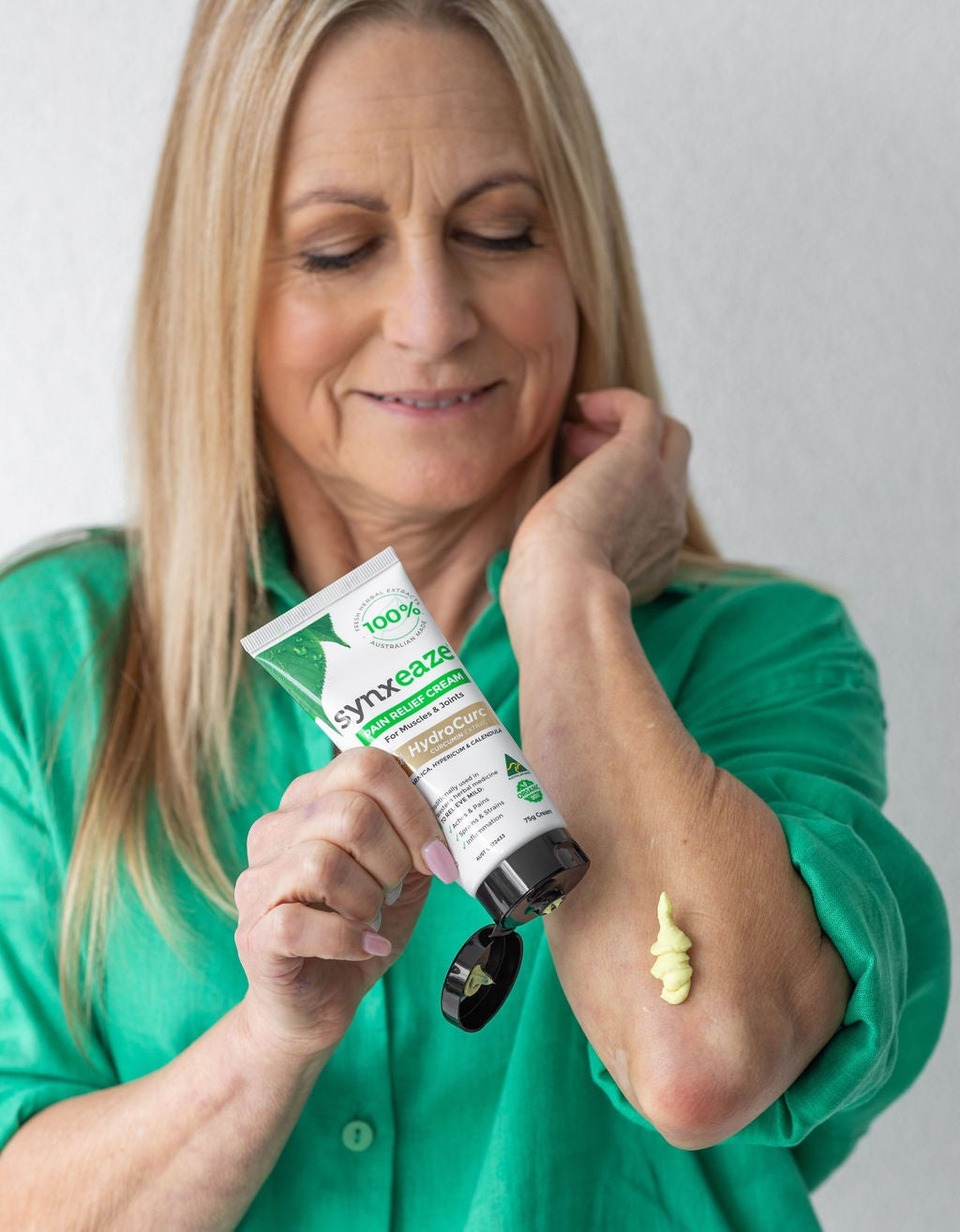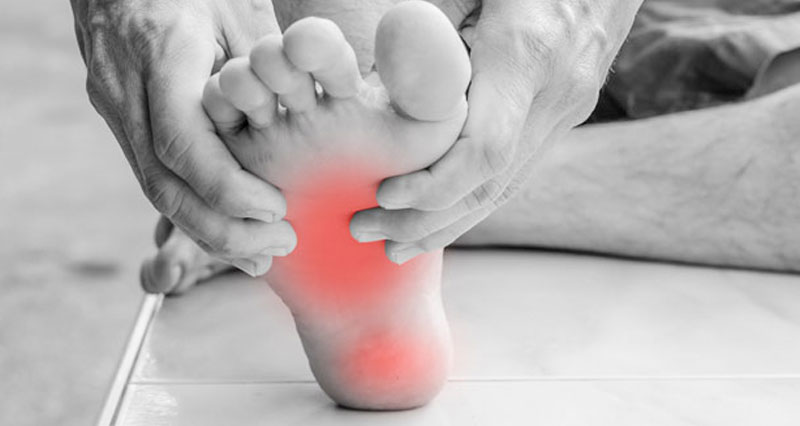With the winter netball season already upon us, it's important to ensure your kids are fit and ready for the season ahead.
Here are our top 6 tips to help keep your children pain-free:

Tip 1. Choose the appropriate shoe for netball.
Choosing the correct footwear for netball is paramount, so we recommend selecting a court shoe for netball that has the appropriate grip required for indoor and outdoor courts, as well ensuring the material that the shoe is made from can withstand running and twisting on the courts. For example, mesh is a big ‘no no’ as it can tear easily and cross trainers which also wear out much faster under the sole of the shoe.
We recommend: Asics Gel Netburners - bot of which are really firm, supportive and suitable for netball ensuring your child has a stable base.
Tip 2. Make sure you have the correct shoe fit
When your child is standing in the shoe with the heel firmly pressed to the back of the shoe, you should always make sure you have a thumb space between the end of the big toe and the end of the shoe; unless the second toe is longer than the first toe, in which case the thumb space would be between the second toe and the end of the shoe.
When shoes are too big: it can lead to blisters, and to much movement in the shoe when running and twisting
When shoes are too small: it can lead to cramped toes, blisters and pain
Tip 3. Overcoming blisters and how to get rid of them
Blisters are very common with netball, especially within the first few months of the season. Depending what is causing the blisters there are many products available which can help. If the blisters are occurring on the toes, we suggest you try Synxgeli Toe Sleeves which are a silicone sock for the toes, protecting them against friction and rubbing.
If your child is experiencing blisters under the balls or arches of the foot, they may need more support under the arches of their feet. Synxsole Kids or Everyday insoles may be a suitable choice to help relieve stress under the arch and ball of the foot.
Another tip for blisters under the ball of the foot, is using Synxgeli Forefoot Cushions. These are a slip-on sock with gel under the ball of the foot that helps to reduce friction and stress.
 |
 |
Another reason why blisters can be so common during netball is because of the constant ‘stop and start’ motions and twisting involved, which can cause friction on the skin. This is especially the case when running and slowing down frequently during the game. Synxplus Foot and Ankle Sleeves or an alternative compression sleeve that assists in reducing inflammation, but also offer another barrier or protector for the skin, can be really helpful in reducing blisters.
Tip 4. Managing weak ankles
Weak ankles and recurrent ankle sprains are common in netball. If your child has suffered an ankle sprain or injury, then it is vital they have been treated by a health professional such as a podiatrist or physiotherapist, specialising in soft tissue injury. Once they have been treated appropriately and any bio-mechanical issues addressed, then ongoing exercises, taping and support socks can be really beneficial in managing and preventing further injuries.
We recommend using a flexible form of kinesiotape such as Rocktape, that can be used to help improve balance and aid in supporting the ankle, rather than a rigid tape that will restrict movement and possibly decrease muscle strength over time unless the injury has just happened.
Synxplus Foot and Ankle Sleeves can also be useful in reducing swelling, decreasing ankle pain on the court and assisting in recovery after a sprain.
Balance exercises and appropriate stretches are also extremely important to ensure the muscles have recovered and less likely to be injured again.

Tip 5. Reducing knee pain
Knee pain is also a very common complaint during netball. Rapid growth spurts, combined with the jumping and abrupt starting and stopping during netball can exacerbate this issue.
The good news is that there are plenty of things you can do at home to help ease the pain. By supporting the arch of the foot with an off-the-shelf insert such as Synxsole, you can reduce subsequent stress on the knee and this can be useful with all shoes including school shoes.
If pain persists, you may need a thorough bio-mechanical consult in which your podiatrist will assess the way your child walks and prescribe a customised prescription according to your needs.
Kinesiotape such as Rocktape can also be a great tool to assist in relieving pain and reducing stress in the knee.
Braces and splints that reduce movement can also be really helpful to use short term in managing knee pain.
Tip 6. Managing heel pain
Last but definitely not least, is the dreaded topic of heel pain. For any parent with an active child, it is rare to escape complaints of heel pain throughout their growing years and more particularly when your child participates in jumping sports such as netball and basketball. The good news is there are plenty of tips and tricks you can do at home to reduce heel pain and even fix it for good.
The first step is to make sure your child is wearing suitable shoes for all activities including school shoes, as this is where their feet spend most of the time so it is important that they are supported properly off the court as well.
The next step is to support the arch of the foot and reduce stress around the heel and plantar fascia, by using an off-the-shelf insert such as Synxsole which gently cups the foot and reduces stress around the heel and arch area.
Some exercises that can help include stretching the calf muscle and arch of the foot after sitting or resting for extended periods. Massaging through the heel, arch and calf area can also be really beneficial.
Strapping with kinesiotape such as Rocktape can be effective in reducing pain and swelling in the heel and arch area. The huge bonus about using kinesiotape is that it can be wet in the shower and only needs to be reapplied a couple of times per week.
Applying compression to the area can assist in reducing pain and swelling. Synxplus Foot and Ankle Sleeves are firm, supportive and really effective in reducing heel and Achilles pain.
Lastly Gel Heel Cushions that reduce stress directly under the heel and also slightly elevate the heel, reducing stress at the back of the calf muscle can be helpful in reducing heel pain.

Although there are many treatment options, everyone responds differently which is why it is good to try a variety of options until you find something that works best for you.
If problems persist we always recommend seeing your health care professional for appropriate advice and treatment.
Wishing you all a wonderful netball season ahead.
Warm regards,
Rachael Ferguson
CEO, Co-Inventor & Co-Designer
Synxsole





